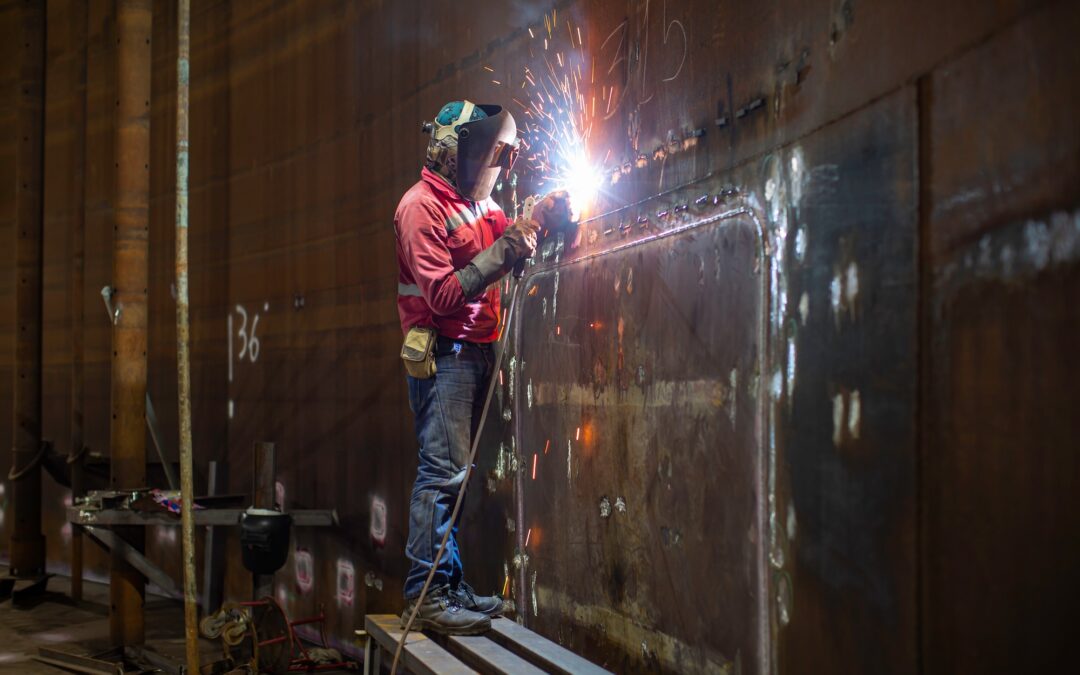Employers have the responsibility to protect their employees while at work. This is regardless of whether the employee works alone or with co-workers. OSHA does not have a specific requirement regulating lone workers. However, they do recommend companies develop and implement a Work Alone Policy under the General Duty Statute.
Discussion Points:
• Develop and implement a Work Alone Policy
• What does Working Alone mean?
• Assess the hazards of the work environment
• Develop health and safety procedures and policies
• Communication between worker and supervisor
Discussion:
Many employees perform job tasks where they must work alone. Working alone means “working where you cannot be seen or heard by another person and where you cannot expect a visit from another person.” Employers should take into account situations when employees work alone. They should assess the hazards of the work environment and develop effective health and safety procedures and policies that address these hazards. The purpose of the hazard assessment is to identify what needs to be done to control the health and safety risks for the lone worker. These are basic legal requirements that should be carried out for all workers. Companies with five or more employees are legally required to keep a record of the risk assessment. This should be part of the Work Alone Policy. It’s important to provide training for lone workers so they understand what is expected of them. It’s essential to have a work procedure that directs them on how to work alone safely. A step-by- step guide should be used until the procedure becomes routine. Ensure there is contact between the lone worker and the supervisor by phone or two-way radio. Install an automatic warning device that will sound if a signal is not sent and received from a lone worker.
Monitoring the safety of the lone worker is important because of limited contact. All attempts should be made to secure the safety of the lone worker; communication is vital. Implementing safety measures can reduce the number of work-related injuries and fatalities that pose a risk for employees working alone. Avoid having a lone worker whenever possible. In high-risk, allow the option of a “buddy system” or the use of surveillance cameras for observation. If it’s determined that it’s too much of a risk for a worker to work alone safely, the employer must not allow an employee to work alone under any circumstance.
As always, stay safe out there!


Recent Comments